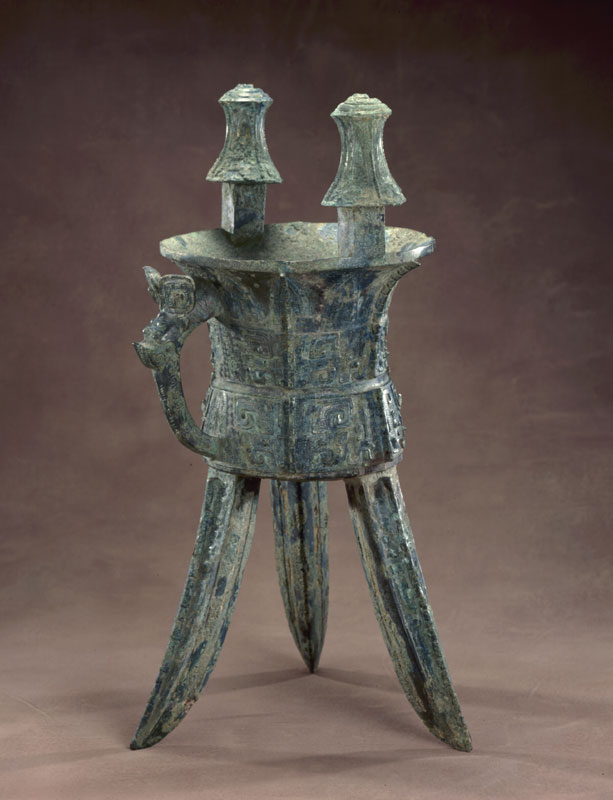I was able to learn from my classmates’ blog posts about the social status and societal expectation of artisans. I would like to clarify my past points. Although artisans were praised and appreciated for their work and the beautiful products they created, they were stuck in their social standing in society. It was very difficult for them to raise their status. There was an unspoken but established understanding that artisans made up their own category of people as “outlandish” as Stephen wrote in his initial post this week. This understanding manifested into the “perfect artisan” concept: artisans should maintain their focus on their own work and not become a part of mainstream society. By establishing and separating a group from others, ultimately the people in the group will not be able to change their status because they are considered the fundamentally different from the rest, the idea of othering.
Things I Learned this Week
- What makes up the “perfect artisan.”
- Multiple layers of involuntary labor: indentured servitude, imprisoned labor, conscripted labor, etc.
- Government rules were established and actually followed, according to historical account, to prevent the exploitation of the common people.
Bibliographic References
Barbieri-Low, Anthony J. Artisans in Early Imperial China. Seattle: University of Washington Press, 2007.

